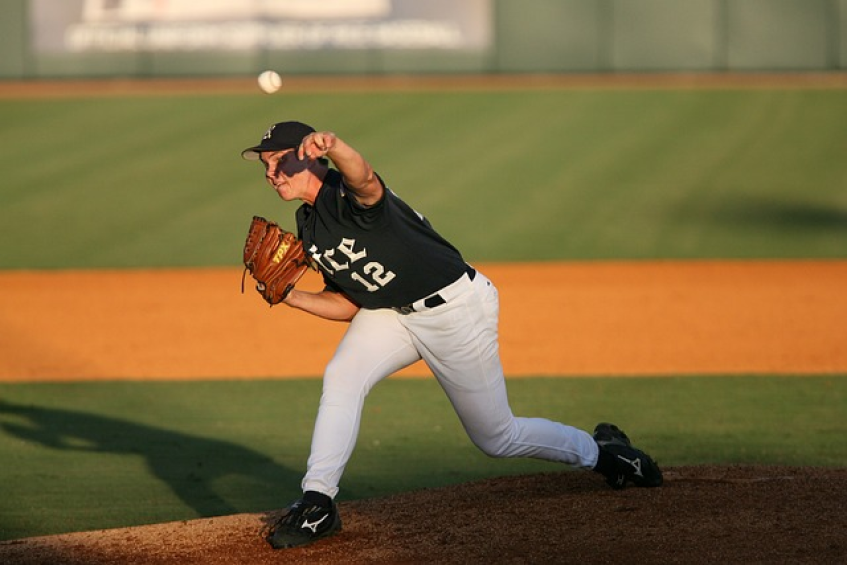
Step up to the plate and dive into the incredible world of baseball terms! Whether you're a new fan or seasoned veteran, there's always more to learn about America's pastime. From mastering the lingo to understanding the nuances of the game, this comprehensive guide will provide you with everything you need to appreciate the art of baseball. So let's play ball!
Master the lingo of batting, pitching & fielding to understand and enjoy baseball.
Learn about different kinds of hits/swings, pitcher techniques & field positions for success.
Understand MLB terminology, historic terms and ballpark traditions for a richer experience!
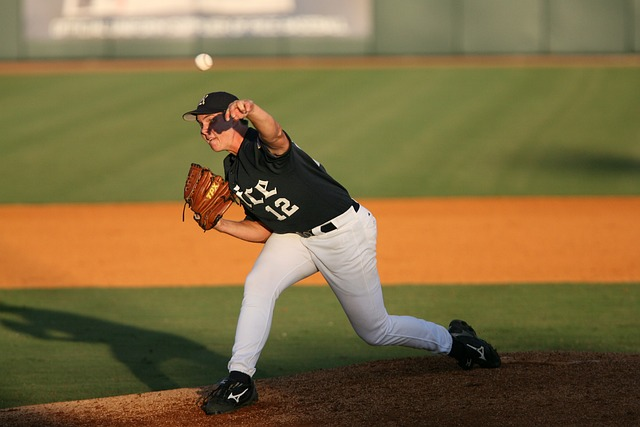
Baseball is chock-full of colorful and descriptive terminology that can sometimes feel like a language of its own. You might hear terms like "batter hits," "pitcher throws," and "fly ball" thrown around during a game, but what do they all mean?
Understanding the lingo is key to fully appreciating the complexities of the sport, so let's dive into the world of baseball terms and phrases.
A batter can make several types of swings and hits in baseball, depending on the situation and desired outcome. For example, a "bunt" is when the batter lightly taps the ball with the bat instead of taking a full swing, often to help a base runner advance.
A "rotational" or "linear" swing is a more powerful swing aimed at hitting the ball farther. A batter might also hit "singles," "doubles," "triples," or "home runs" depending on how many bases they can reach after making contact with the pitched ball.
A pitcher can use various types of pitches to keep the batter guessing and off-balance. Some common pitch types include fastballs, breaking balls, and changeups. The starting pitcher typically takes the mound for the first few innings, while relief pitchers come in during the middle and late innings to replace the starter when they've reached their pitch limit or are struggling.
A closer, for example, is a relief pitcher who specializes in finishing games by securing the final outs.
Fielding is a crucial aspect of baseball, as it involves preventing the opposing team from scoring runs by catching batted balls and making outs. Infielders, for example, are responsible for catching ground balls and line drives, while outfielders handle fly balls and grounders.
Some common fielding terms include "double play" (a defensive play that results in two outs), "error" (a defensive mistake that allows a batter to reach base or a base runner to advance), GIDP or "ground into double play" and "around the horn" (the act of infielders throwing the ball to each other after recording an out when there are no runners on base).
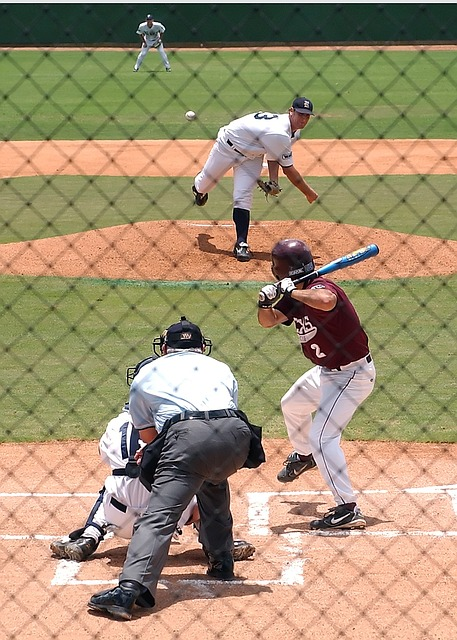
Each position on the baseball field has its own unique role and responsibilities. From the pitcher and catcher, who work together to get batters out, to the infielders and outfielders, who field balls and make plays, understanding these positions and roles can help you better appreciate the game's strategic elements.
The pitching staff is a crucial component of any baseball team. It consists of the starting pitchers, who typically take the mound for the first few innings, middle-relief pitchers, who come in during the middle innings, and late-innings relievers, who wrap up the game in the last few innings.
The pitcher's primary responsibility is to throw pitches to the opposing batters and try to get them out, while also working closely with the catcher to plan their strategy.
Infield positions in baseball include first base, second base, third base, and shortstop. These players are responsible for fielding ground balls and line drives, as well as making quick, accurate throws to the appropriate bases.
On the other hand, outfield positions consist of left field, center field, and right field. Outfielders catch fly balls and field grounders, using their strong arms to throw the ball back to the infield and prevent runners from advancing. Each position requires specific skills and abilities to excel, such as quick reflexes for infielders and a strong throwing arm for outfielders.
The catcher and batter share a unique relationship on the field. As the catcher signals pitch calls, catches and frames pitches, and blocks pitches in the dirt, they help the batter by increasing the likelihood of pitches being called strikes. The catcher must also have quick reflexes to catch speedy pitches, block wild throws, and throw accurately to catch runners attempting to steal bases.
Conversely, the batter is entitled to swing at any pitch without being hindered by the catcher, but once they do, they are responsible for not interfering with the catcher's ability to make plays.

A baseball diamond is a well-designed field that features a variety of markings and elements that impact the game. Understanding the layout and unique features of a baseball diamond can help you better appreciate the complexities of this beloved sport.
Home plate is a 17-inch square with two corners cut off, creating a unique shape that serves as the focal point for the batter and the pitcher. The batter's box is a 4-foot by 6-foot rectangle drawn in chalk on either side of home plate, where the batter must stand during their plate appearance.
Both home plate and the batter's box play crucial roles in determining the strike zone and ensuring fair play throughout the game.
Base running is a critical aspect of baseball, as it involves advancing between bases to ultimately score runs. A base runner is considered to be in "scoring position" when they are on second or third base, which puts them in a good position to score a run when the batter gets a hit.
Additionally, base runners may attempt to "steal" a base by taking off as soon as the pitcher throws the ball, hoping to reach the next base before being tagged out by the fielders. This adds an exciting element of strategy and risk-taking to the game.
The warning track is a strip of dirt or rubber that runs along the perimeter of the baseball field, closest to the wall or fence. It is typically about 14 feet wide and serves as an indicator for outfielders approaching the wall while chasing fly balls, helping them avoid collisions.
Other field features include the foul lines, bases, pitcher's mound, and the infield diamond, all of which play crucial roles in the gameplay and dynamics of baseball.
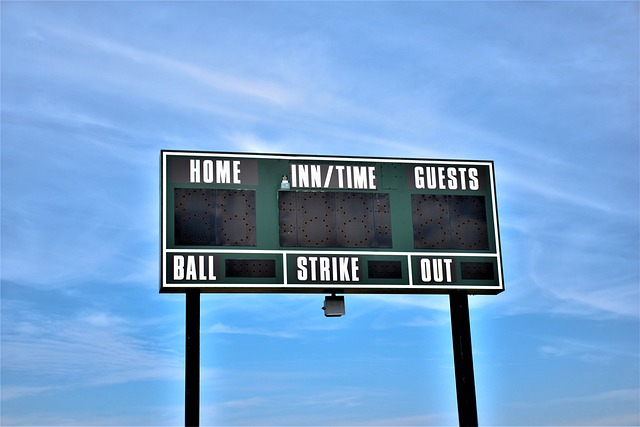
Baseball is a game rich with statistics and metrics, which help fans, players, and coaches evaluate performance and make informed decisions. From batting statistics to pitching metrics and fielding analytics, understanding the numbers behind the game can enhance your appreciation for the sport and its intricacies.
Batting statistics are used to evaluate a hitter's performance at the plate. Some common batting stats include batting average (the number of hits divided by the number of at-bats), on-base percentage (the number of times a batter reaches base divided by their plate appearances), and slugging percentage (the total number of bases earned divided by the number of at-bats).
OPS (on-base plus slugging) is another popular metric that combines on-base percentage and slugging percentage to provide an overall view of a batter's offensive performance.
Pitching metrics help measure a pitcher's performance and can be used to compare different pitchers. Some common pitching metrics include earned run average (ERA), walks plus hits per inning pitched (WHIP), strikeouts per 9 innings (K/9), and walks per 9 innings (BB/9).
Advanced metrics like Field Independent Pitching (FIP) and adjusted ERA (ERA+) can also provide valuable insights into a pitcher's effectiveness and can be used to identify areas for improvement.
Fielding analytics are used to evaluate a player's defensive abilities on the field. Metrics such as range factor, defensive runs saved, ultimate zone rating, and fielding runs above average can provide valuable insights into a player's defensive performance.
Fielding percentage, which shows the percentage of times a fielder successfully handles a batted or thrown ball, is another commonly used stat to assess a player's defensive skills. These metrics can help teams identify strengths and weaknesses in their defense and make adjustments as needed.
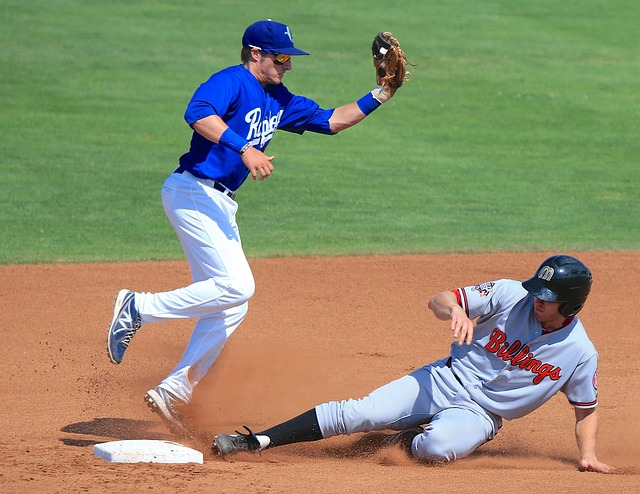
Baseball is a game of strategy, with teams constantly seeking ways to outsmart their opponents and maximize their chances of success. From offensive and defensive strategies to special situations and plays, understanding the strategic elements of baseball can deepen your appreciation for the sport and its many nuances.
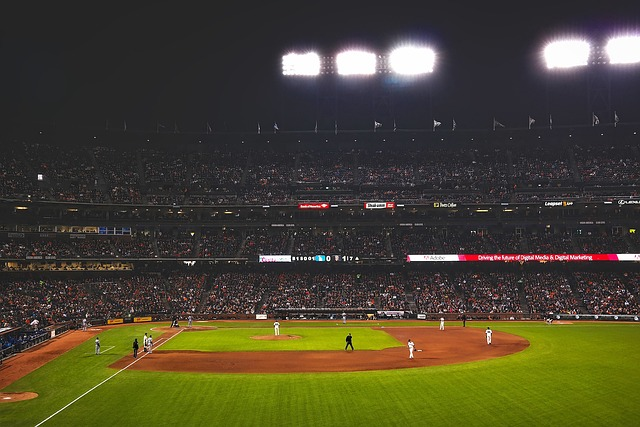
Teams employ various offensive strategies to score runs and put pressure on their opponents. Some common offensive strategies include hit-and-run (the batter swings for a hit while the runner attempts to steal a base), bunting (the batter taps the ball softly to advance a base runner), and situational hitting (the batter adjusts their approach depending on the situation).
These strategies require a combination of skill, timing, and teamwork to execute effectively.
Defensive alignments in baseball are designed to counteract the offensive strategies of the opposing team. Common defensive alignments include double play depth (infielders positioned further back to increase the chances of a double play), straight-up position (standard defensive alignment with infielders in their regular spots), and infield shift (infielders positioned to counteract a batter's usual tendencies).
Adjusting defensive alignments based on the strengths and weaknesses of the opposing team can be a key factor in a team's defensive success.
Special situations and plays in baseball can often be the difference between winning and losing. Examples of special situations and plays include situational hitting (batter adjusts their approach depending on the situation), the suicide squeeze (runner on third base attempts to score on a bunt), and sacrifice flies (batter hits a deep fly ball to allow a runner to tag up and advance).
These plays require players to think quickly, adapt to the situation, and make split-second decisions that can dramatically impact the outcome of the game.
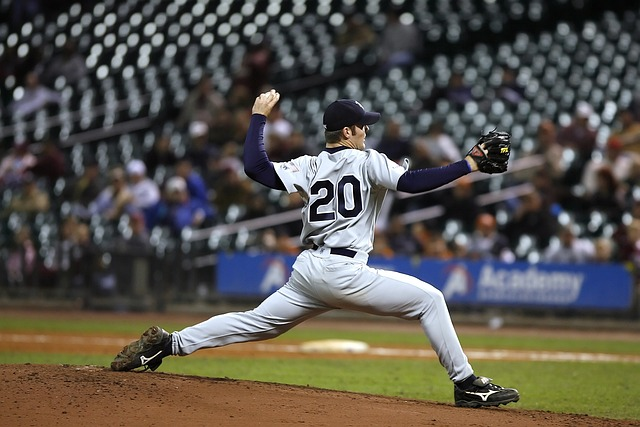
Major League Baseball (MLB) is rich with unique terms, historical phrases, and time-honored traditions that have evolved over the years. From MLB lingo to historic baseball terms and ballpark customs, understanding the language and culture of the game can enhance your enjoyment and appreciation of America's pastime.
MLB lingo consists of various words, phrases, and slang terms that are unique to the world of baseball. For example, "plunked" refers to a batter being hit by a pitch, while a "punch and Judy hitter" is a contact hitter with little power.
In addition, terms such as "on-deck" (the next batter in the lineup), "pinch hitter" (a substitute batter) and "pinch runner" (a substitute base runner) are commonly used in the context of the game.
Historic baseball terms offer a glimpse into the rich history and evolution of the game. Some examples include "punch and judy hitter" (a contact hitter with little power), "rhubarb" (a heated argument between players or coaches), and "strand" (a statistic measuring the number of runners left on base at the end of an inning).
These terms not only provide insight into the sport's past, but also add to the colorful language that makes baseball so unique.
Ballpark traditions and customs are an integral part of the baseball experience, adding to the atmosphere and camaraderie among fans. One such tradition is the "seventh-inning stretch," where fans stand up and sing "Take Me Out to the Ball Game" during the seventh inning of a game.
In addition, the ceremonial first pitch is often thrown by a special guest or local dignitary to mark the start of the game. Some teams also have their own unique customs, such as the Arizona Diamondbacks' outfield pool and the Milwaukee Brewers' sausage race, which further contribute to the fun and festive environment of a Major League Baseball game.
In conclusion, the world of baseball is filled with intricate lingo, diverse positions and roles, strategic plays, and fascinating traditions that make it a truly captivating sport. Whether you're a casual fan or a die-hard devotee, understanding the nuances of the game, from mastering the terminology to appreciating the strategies employed on the field, can deepen your love and appreciation for America's pastime. So grab your mitt, put on your rally cap, and revel in the timeless charm and excitement of baseball!
Swat: Refers to the act of hitting the ball. It can also be used to describe a solid hit.“That was a nice swat!”
Connect: Used when a player makes contact with the ball and gets a hit. "He connected on that pitch!"
The term 'ball' in baseball is used to describe a pitch that does not enter the strike zone and is not struck by the batter. When four balls have been thrown, the batter is awarded first base and the ball remains live.
Baseball players are usually referred to as either "pitchers," "catchers," or a number corresponding to their respective positions. For example, a first baseman would be referred to as " Number 3 ".
2 4 in baseball refers to the 2nd baseman, who is the 4th position on the defensive side of the field. As such, they are responsible for catching any balls hit between 1st and 2nd base.
The 2nd baseman is a key defensive position, as they are often the last line of defense against a runner advancing to 2nd base. They must be able to quickly react to any balls hit in their direction.
Baseball terminology is an exciting and dynamic language that many fans know and love. It includes words such as strikeout (K or backwards K), base, walk, home run, hit, bat, batter, and many others.
For those who are unfamiliar with the sport, there's also terminology like WHIP, assist, hot corner, launch angle, slugging percentage, and many more for you to explore. So don't hesitate to jump into baseball's unique terminology!
Chris Sloan is a former baseball league commissioner and travel baseball coach who has made significant contributions to the sport. In 2018, he founded selectbaseballteams.com, a website that helps parents find youth and travel baseball teams in their local areas. Since its launch, the website has experienced impressive growth, offering a wealth of resources including teams, news, tournaments, and organizations. Chris's unwavering passion for baseball and his innovative approach to connecting parents with quality baseball programs have earned him a respected reputation in the baseball community, solidifying his legacy as a leading figure in the world of youth and travel baseball.
There are 0 comments on "Baseball Terms: A Comprehensive Guide to Common Baseball Slang, Jargon & Definitions"
chandler allen says:
"Hi my name is chandler, i’ve enjoyed..."
On Wanting to tryout for summer ball. as an 18 year old
david graham says:
"With no current MLB team in Canada,..."
On With no current MLB team in
Charles Chavez says:
"To All Coaches: Do you have13U or..."
On Looking for Games